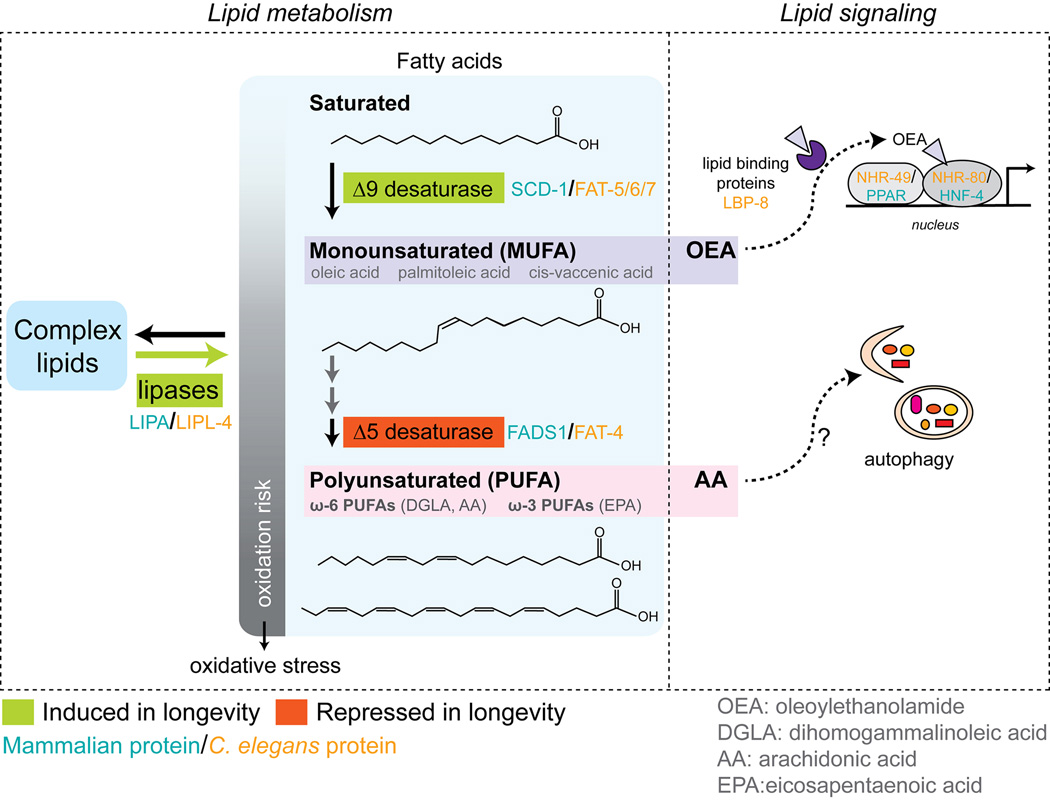FIGURE 1. Lipid metabolic pathways, profiles, and signals implicated in longevity.
Free fatty acid (FA) chains can be liberated from complex fats by the activities of lipases. Several lipases are elevated under conditions that extend lifespan in C. elegans, including LIPL-4. FAs can be saturated (no double bonds), monounsaturated (MUFA, one carbon-carbon double bond) or polyunsaturated (PUFA, two or more carbon-carbon double bonds). Increasing desaturation can make FAs more susceptible to oxidation by free radicals. Elevation of Δ9 desaturases in C. elegans (FAT-5/6/7), which produce MUFAs, is associated with longevity under several conditions. Conversely, Δ5 desaturase, which can produce highly polyunsaturated FA chains, is reduced in long-lived worms. FA desaturases produce many other MUFAs and PUFAs that are present in biological samples (some examples shown in gray). Exploring how these lipid molecules determine longevity would be of great interest. FAs and other lipids can also act as signaling molecules to influence lifespan. Oleoylethanolamide (OEA), which is elevated in response to increased LIPL-4 expression in worms, activates key metabolic transcriptional regulators to extend lifespan. Lipid binding proteins mediate OEA signaling, and may be important for other lifespan extending lipid signals within cells or across tissues. ω-6 PUFAs, also elevated by increased LIPL-4 expression, can induce autophagy through unknown mechanisms.

